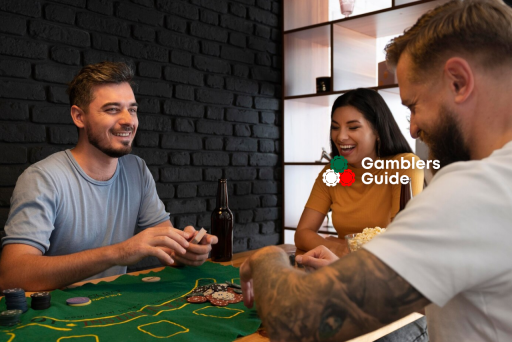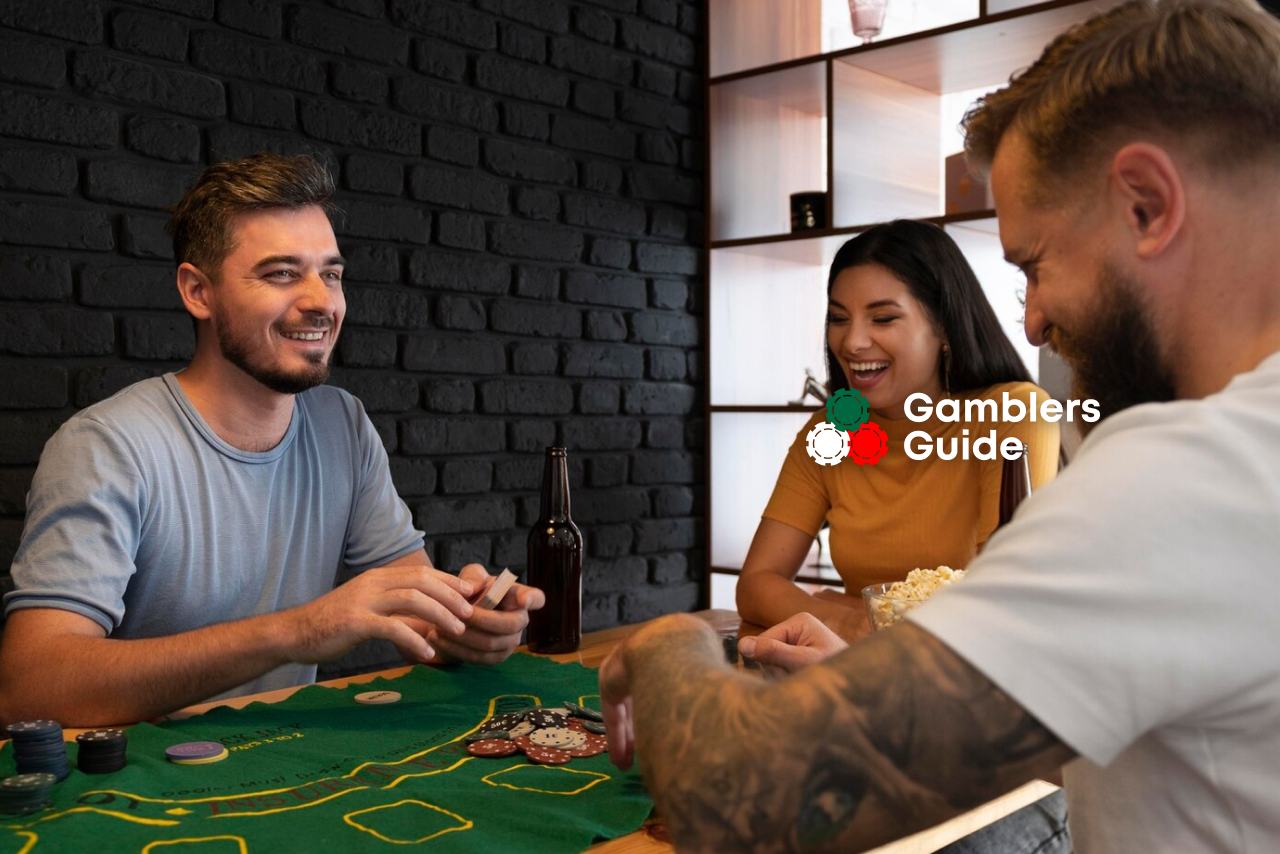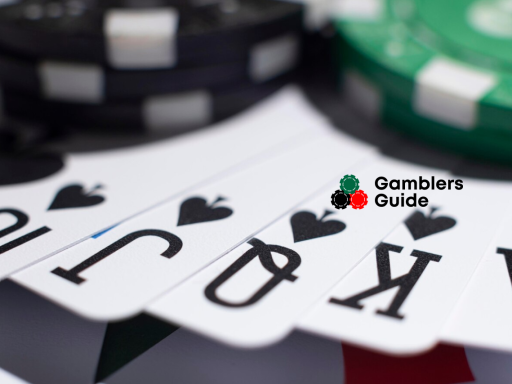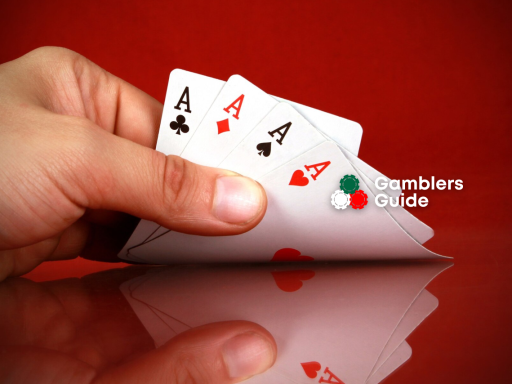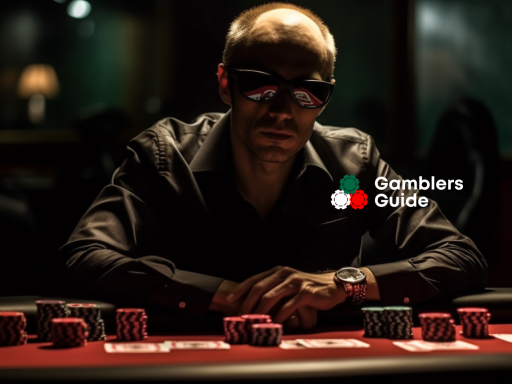Poker is a game for a thinking person. However, it is often associated with players, moves, psychological tricks, and strategies, overlooking the dealer who controls the process. Much depends on the dealer’s ability to handle cards skillfully, know the rules, and even their charisma in the gaming process. Today, let’s talk about the dealer, their duties, functions, and how to acquire the skills needed to be the best dealer.
Basics of the Game — A Primary Skill
You must have a perfect understanding of the hand rankings and rules of poker; otherwise, you won’t be able to become an excellent dealer. Therefore, a solid understanding of the game, its intricacies, and its rules must be at the highest level. Of course, trying yourself as a player and gaining that experience is essential to convert it into the ability to manage the game from the dealer’s responsibilities.
Skills Needed for an Excellent Poker Dealer
- Understanding how to set it up with its cards, chips, and dealer buttons. A well-organized table ensures a successful and enjoyable game for all participants. Moreover, a clear and well-organized table makes dealing cards easier.
- Learning the techniques of shuffling and dealing cards. You can try and refine your card shuffling skills using various methods, such as the classic shuffle, Hindu shuffle, and others. A well-shuffled deck ensures fair card distribution and equal chances for all players.
- Learning how to constantly interact with players to make the game exciting and create a friendly and relaxed atmosphere at the gaming table. Be prepared to answer questions about the rules, especially when new participants join the table. Dealers are also responsible for diffusing conflicts and providing fair support to each participant.
- Remembering the rules of game etiquette and adhering to them. This includes fair treatment of everyone, responding to requests, active participation in the process, and not just being someone who deals cards but a facilitator.
Even if you don’t plan to work as a dealer and are not ready to take on this role in home games, trying to see the game from this perspective can be enlightening. You can uncover many nuances that will help you play more successfully or feel more confident. So, being a dealer from time to time is a good tactic for everyone.
Texas Hold’em: How to Be a Dealer in the Most Popular Poker Variant?
Texas Hold’em is the classic version of poker, so it’s best to start acquainting yourself with the rules of this game. Later, you can explore other variations of poker, but all of them, in one way or another, will connect back to Texas Hold’em.
Shuffle and Deal Cards
The entire deck is spread out fanwise at the beginning of the game. This is not just for aesthetics — it allows players to verify that all 52 cards are in the deck. This ritual is repeated when introducing a new deck, ensuring all cards are present. Typically, the dealer shuffles the deck twice, fans it out, cuts it, and shuffles it for the third time before dealing.
Learn the Betting System
The small and big blinds are mandatory in Texas Hold ’em, and additional bets are accepted during the game.
Deal Cards to Players
The first round of dealing cards occurs after the first blind. Cards are dealt one at a time clockwise, starting from the player next to the dealer button. This process repeats twice, so each player receives two private cards known as their hole cards. Then closed cards are dealt on the table, and a pre-flop occurs before dealing closed cards.
What is Pre-flop, and What to Do at This Stage?
Pre-flop is the round of betting where each player, starting clockwise from the big blind, can call (limp), raise, or fold.
- Call — a bet equal to the size of the big blind.
- Raise — a bet raised at least twice the size of the big blind.
- Fold — discarding the hand by placing the cards inside.
In no-limit poker, players can raise any amount (up to their entire stack) at any time. Discarded cards remain on the table, covered by the dealer’s hand (known as the muck). Chips placed by participants also stay on the table, shifted slightly right or left, depending on which hand the dealer holds the deck with.
In the pre-flop round, the player with the big blind acts last. If any players before the blind make a raise, the big blind can either match the raise or fold. If all players before the big blindfold are off the game, the big blind automatically wins. If every remaining player matches the raise, they proceed to the next round, called the flop.
How the Dealer Operates During the Flop?
During the flop, the dealer “burns” the top card of the deck, placing it face-down on the table and making it inactive. The dealer then takes the next three cards from the deck and places them in the middle of the table, face up. Immediately after this step, the remaining participants in the game place their bets again.
In the flop stage, the small blind is the first to choose between a call, raise, or fold. If the small blindfolded during the pre-flop stage, the right to act passes to the player next to the small blind clockwise. However, the player on the button always acts last in the last three rounds. An exception occurs if this player makes a raise; in that case, the remaining participants can call or raise again.
The round concludes, and the dealer “burns” another card, placing the next card face up to the right of the flop. This card is called the turn (the fourth street). After this, participants can make bets again.
The final round of the game is the River. The river is the fifth card placed face up on the table. After the dealer reveals this card, the dealer accepts the final round of bets from the participants. Subsequently, players reveal their cards.
The cards on the turn and river can significantly impact the strength of the hands and the outcome of the game. Players use them, along with their two private cards, to create the best possible five-card combination. Hand ranking and determining the winner follow standard poker rules, including pairs, two pairs, three of a kind, straight, flush, full house, four of a kind, and straight flush.
Bottom Line
These are the actions of a dealer. Try it first on your own, then with friends. Once you gain confidence and experience, you can ask an experienced dealer to observe your actions, providing more professional tips on doing things right and avoiding mistakes. This critical evaluation of your actions will help you improve and become a true professional.

